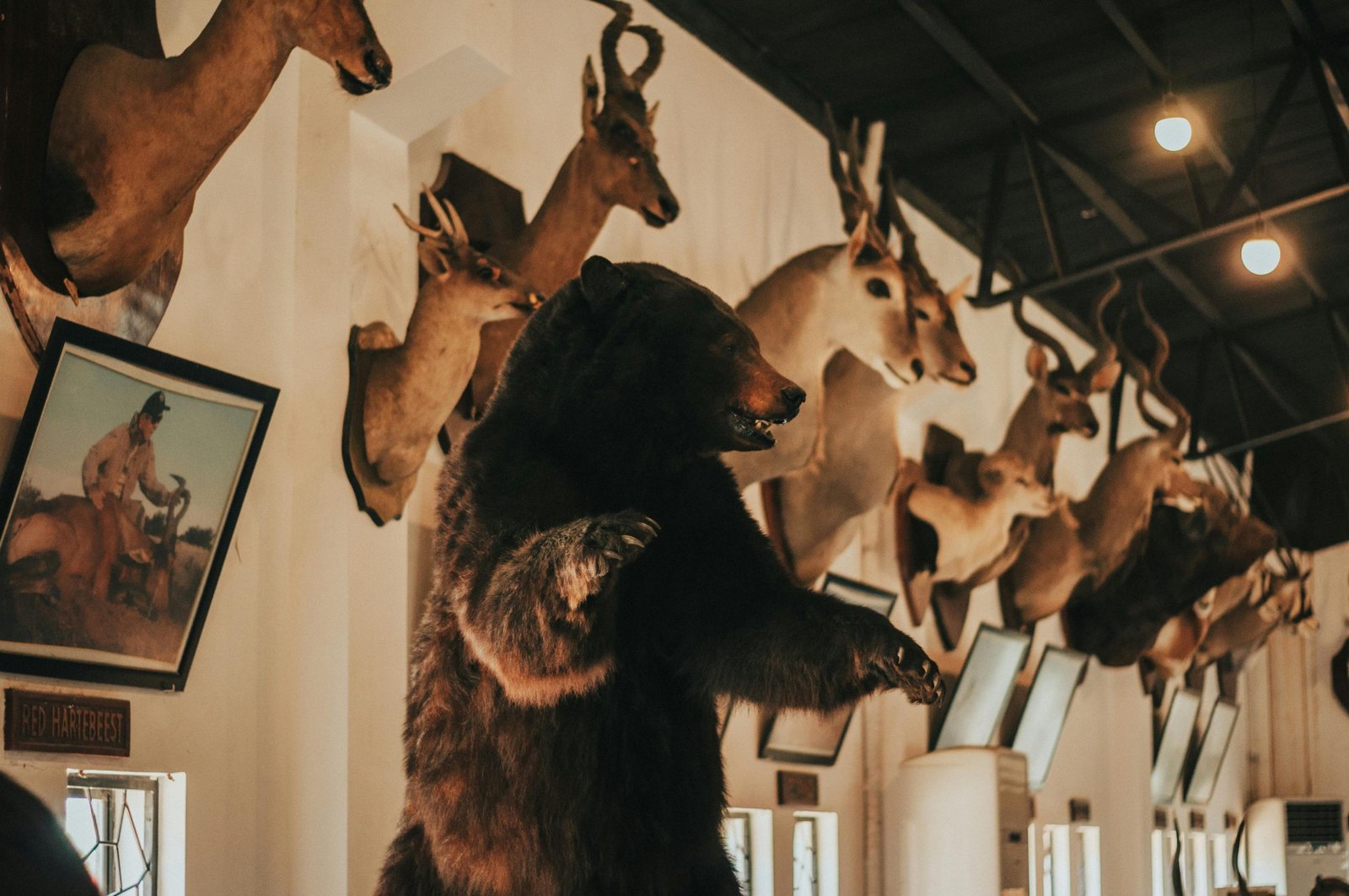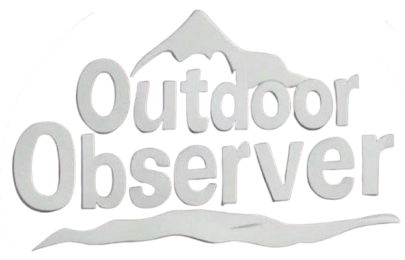This Content Is Only For Subscribers
In the quiet grasslands of Africa and the mountainous regions of North America, the practice of trophy hunting continues to stir a complex debate. While some view it as an outdated pursuit driven by ego and spectacle, others argue it serves a conservation purpose when tightly regulated. In recent years, ethical questions around trophy hunting have taken center stage, both in the United States and abroad.
Animal welfare organizations, including the Humane Society and the Center for Biological Diversity, have long opposed trophy hunting, especially when it involves endangered species. Their criticism focuses not only on the ethics of killing animals for sport but also on the message such practices send in an era of ecological crisis. “Killing an animal for a wall mount, regardless of the species, undermines decades of wildlife protection work,” one animal advocate stated during a 2024 policy hearing in Washington, D.C.

On the other hand, several conservationists—particularly those involved in community-based wildlife management—argue that trophy hunting, when regulated and transparent, can help fund conservation programs. In regions such as Namibia and parts of Montana, revenue from licensed hunts supports anti-poaching patrols, community development, and habitat restoration. A report published in late 2024 by the International Union for Conservation of Nature (IUCN) found that trophy hunting contributed an estimated $200 million annually to conservation efforts in Africa alone.
In the United States, the topic reached the federal level again in early 2025. In February, the U.S. Fish and Wildlife Service (FWS) issued revised guidance for the importation of wildlife trophies, particularly those from threatened or endangered species. Under the new rules, imports must now demonstrate a net positive benefit to species survival, including evidence of community involvement in conservation. The measure was designed to address both ethical concerns and practical conservation outcomes.
The regulations also reflect growing public scrutiny. Polling in late 2024 by Pew Research Center found that over 70% of Americans opposed trophy hunting, particularly of exotic or rare animals. As a result, some states—including California and Oregon—introduced legislation banning the import of certain trophies, such as lions or elephants, regardless of federal policy.
This shift has put pressure on international trophy outfitters and travel companies, many of whom are adjusting their practices in response to changing regulations and public sentiment. Meanwhile, hunters who engage in the practice have been urged by various organizations to prioritize ethical considerations, ensuring hunts are legal, selective, and contribute directly to wildlife conservation.
Trophy hunting continues to exist in a gray zone—legally permitted in many areas, yet increasingly questioned on moral grounds. The future likely depends on finding middle ground: one where wildlife populations are protected, communities benefit, and ethical lines are clearly drawn. As new federal and state measures evolve in 2025, they will play a crucial role in shaping not only policy, but public understanding of what it means to protect—and respect—wildlife in the modern era.



